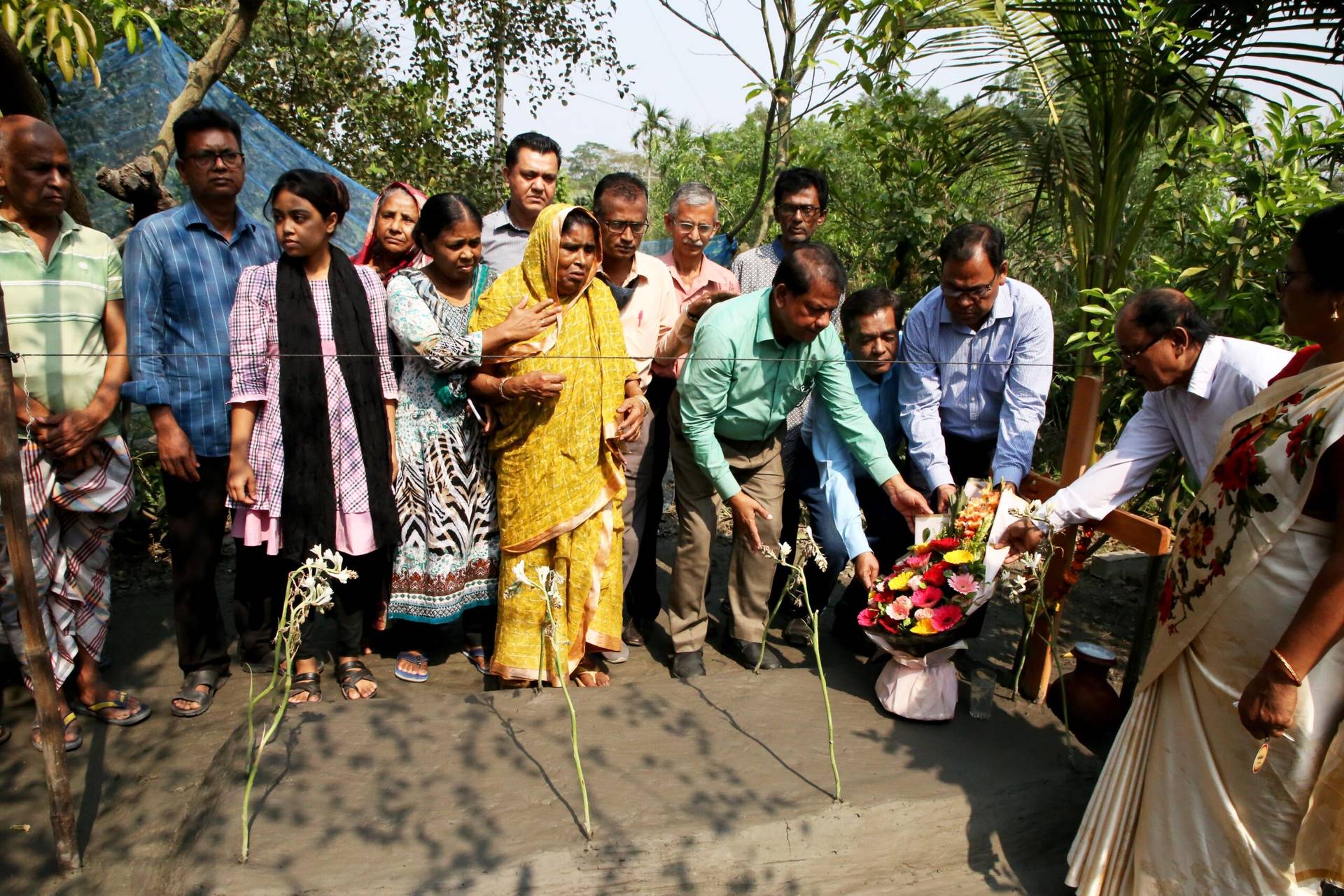As Christians, we are called to constantly pursue a life of prayer, which is a vital and personal relationship with the living and true God. This is a call that is done personally, but also within the entire Body of Christ.
We are not alone in our spiritual triumphs and failures. We are bound to one another in Jesus Christ. He is the source of our unity and our desire to pray. The Church nurtures our awareness of this union through her spiritual treasury.
The reality of a communal sense to all prayer is sometimes lost among contemporary Western believers. We have fallen into a type of sovereign-self mentality. We forget how connected we are to others. We glory in our independence and autonomy, forgetting that such supposed glory is actually our shame. We are united in one Body. We are called to love and serve one another. Our service includes supplications and praying for one another.
We should not seek to be islands, or glory in thinking we have achieved some island status, when we are actually called to be together and to share a mutual exchange of spiritual goods.
Our union with one another does not end at death. We have a close bond with all believers, especially those who have gone before us marked with the sign of faith.
The Catechism of the Catholic Church teaches us: “In full consciousness of this communion of the whole Mystical Body of Jesus Christ, the Church in its pilgrim members, from the very earliest days of the Christian religion, has honored with great respect the memory of the dead; and ‘because it is a holy and a wholesome thought to pray for the dead that they may be loosed from their sins’ she offers her suffrages for them. Our prayer for them is capable not only of helping them, but also of making their intercession for us effective.”
Our union with all those who have entered eternity is especially heightened by the canonization of some of them and the encouragement of the Church to pray with and to these declared holy ones.
It is within this context that we can review the various prayer methods of the Church and pick up again the consoling prayer method known as the saint method. In this way of prayer, we use our spiritual imagination and unite ourselves with a particular saint and experience with them an event in their own lives as we seek to encounter and dialogue with God.
The Catechism stresses this point, as it teaches: “Exactly as Christian communion among our fellow pilgrims brings us closer to Christ, so our communion with the saints joins us to Christ, from whom as from its fountain and head issues all grace, and the life of the People of God itself.”
In the saint method, we ask the Holy Spirit to direct us to a saint. Oftentimes, it’s the saint who has chosen us. We just have to come to a realization of the holy one’s presence. By knowing some aspects or summary of the saint’s life, we select an event or situation in the saint’s life. We place ourselves in the scene with them and seek – as best we can through our spiritual imagination – to speak to God and listen to him.
This week, the Church honors Saint Maximilian Kolbe. We can use the saint method and sit with him in the starvation cell of Auschwitz. We can talk with him and ask him to share his wisdom with us. In the saint method, we want to see, hear, taste, touch, and smell the event from the inside out. We can be there and accompany the saint, our older brother, in his moment of suffering and triumph.
This week, the Church also honors King Saint Stephen of Hungary. Through the saint method, we can be with him as he lifts his arm and declares his kingdom for Jesus Christ. We can experience the emotion and the spiritual victory of the moment.
Through the saint method, we are reminded of the close bond between the living and the dead. We can reach out and know of their presence as we walk with them and experience with them the great moments of their lives.
Sign up for the Morning Offering with Father Kirby and receive daily spiritual encouragement sent right to your inbox every morning.

















